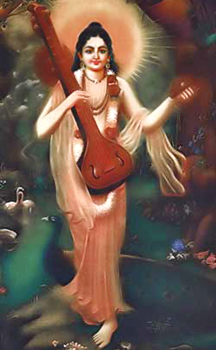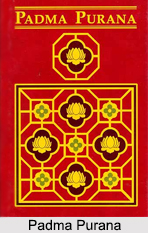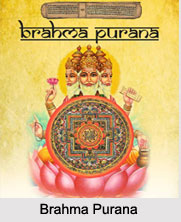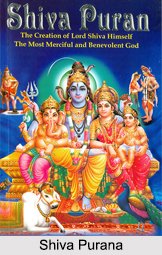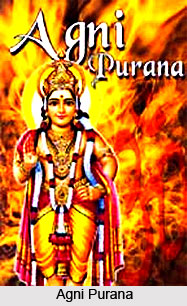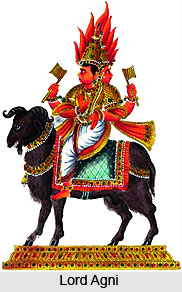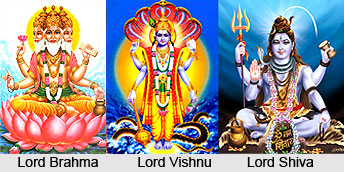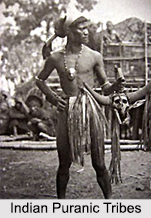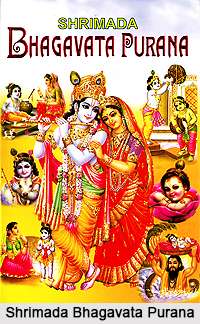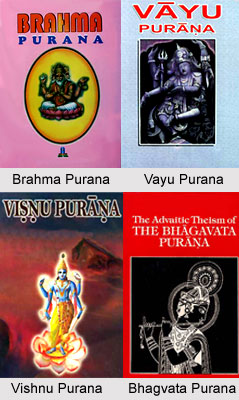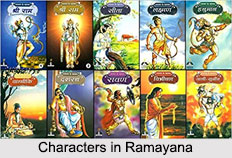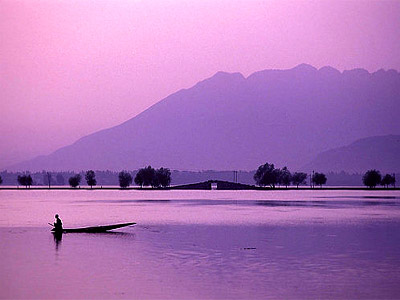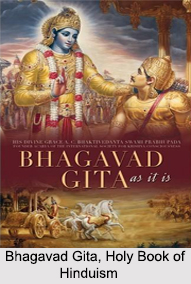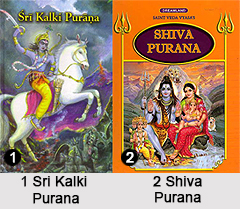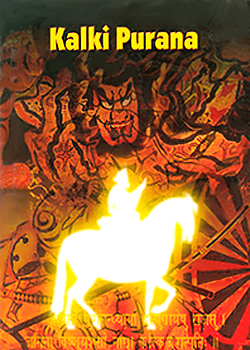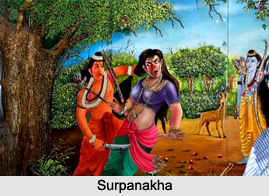In Hinduism, Andhaka is described as the third son of Shiva and Parvati. After his birth, Andhaka was given to Hiranyaksha, an asura of ancient India and the son of Diti and a pre-ancient Dravidian King. Hiranyaksha had no son and he brought up Andhaka as his own son. Later, Andhaka became the king of Hiranyaksha`s kingdom.
After a short time, Andhaka understood that his cousins are plotting to overthrow him and capture the kingdom and as a reason of this, he retreated and went to the forest to meditate.
Andhaka began a new life there. He fasted and stood upon one leg for more than a million years. He chopped off parts of his body as a sacrifice to Brahma, the Supreme God and waited. Pleased at Andhaka`s prayer, Brahma appeared before Andhaka and asked him about his wanting. Andhaka said that he wanted to be immortal. He also said that he will die only if he marries any woman of his motherly age. Brahma blessed him. Then Andhaka returned to his own kingdom and settled everything with his cousins.
After some million years had passed, Duryodhana, Vighasa and Hasti, the three generals of Andhaka saw Shiva and Parvati in a cave but could not recognise them. They thought that the woman is very beautiful and could be the perfect match for their king. So, they ran to Andhaka to deliver the good news. Andhaka asked them to return and ask the woman for marriage. At this proposal, Shiva refused but Andhaka rushed to the cave to fight a battle with Shiva.
A chivalrous battle took place, which lasted for long hundred years and involved many other gods and demons. But at last, Shiva killed Andhaka by thrusting his trident at Andhaka`s chest. Thus Shiva killed his own son.


